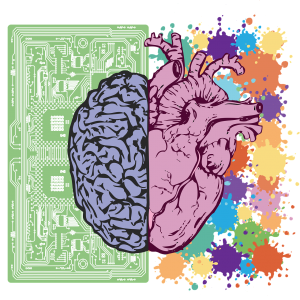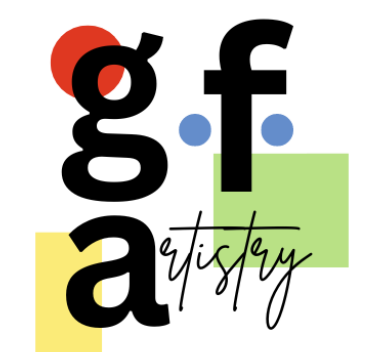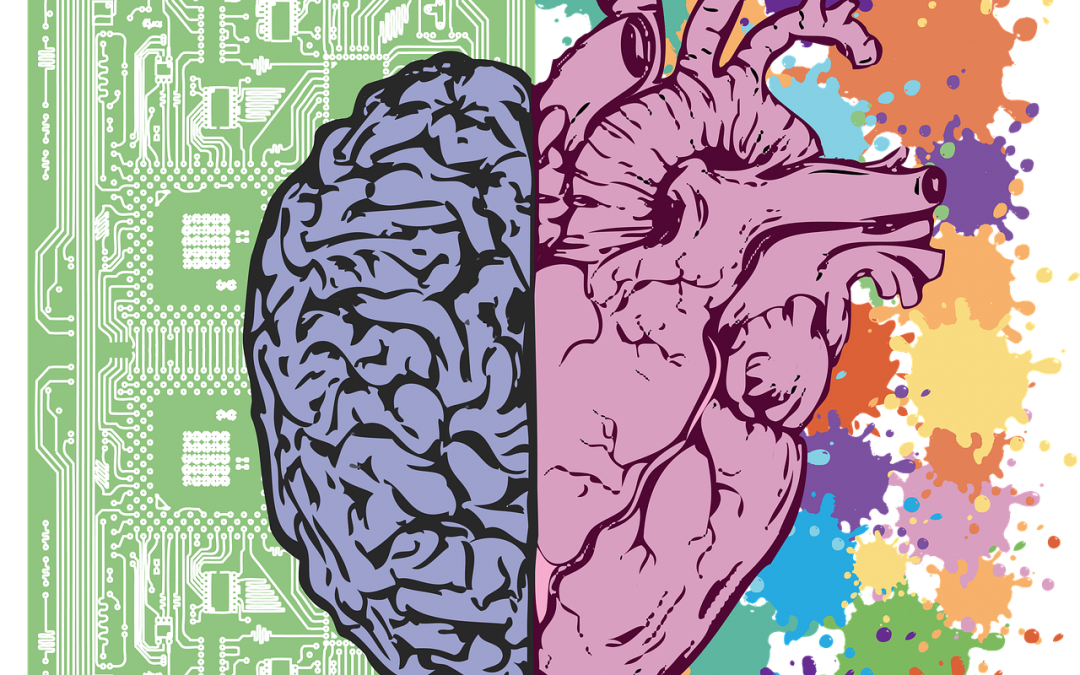Art and meditation hold a revered place in enhancing well-being, creativity, and inner peace. Their combined synergy has gained recognition for unlocking new dimensions of creativity, mindfulness, and personal growth. Let’s delve into how this fusion can benefit us.
The Healing Power of Art: Art, as a form of self-expression, delves into our emotions and thoughts. It serves as a therapeutic outlet, aiding in processing complex feelings. Art therapy is acknowledged for its benefits in treating mental health issues like anxiety and depression.
Meditation and Mindfulness: Meditation, rooted in ancient traditions, fosters relaxation and awareness. Mindfulness, a core principle, encourages being present without judgment. Regular meditation practice enhances mental clarity, emotional regulation, and overall well-being.
The Intersection of Art and Meditation: Combining art and meditation creates a synergistic effect, fostering mindfulness and concentration. Artists can engage in mindful techniques like deep breathing or visualization during their creative process.
Benefits of Art-Meditation Fusion:
- Stress Reduction: Art-meditation practices reduce stress levels and promote relaxation.
- Enhanced Creativity: Fusion unlocks new levels of creativity and innovation.
- Emotional Healing: Facilitates emotional processing and provides clarity.
- Mindful Self-Expression: Encourages authentic self-expression and self-awareness.
- Increased Focus: Improves focus, concentration, and attention to detail.
Practical Tips for Combining Art and Meditation:
- Allocate dedicated time in a peaceful environment.
- Begin with a short meditation session to cultivate mindfulness.
- Choose an art medium that resonates with you.
- Approach art-making with curiosity and openness.
- Experiment with mindful techniques.
- Reflect on your experience through journaling.
The fusion of art and meditation invites us to explore our creativity and inner wisdom. Whether you’re an experienced artist or new to meditation, embracing this harmony enriches life in profound ways.
On another note, here are some strategies to help overcome creative blocks and reignite your creativity:
1. Embrace the Process Creativity is a process, not a sudden burst of inspiration. Understand that it’s normal to encounter challenges and setbacks along the way. Embrace the ups and downs of the creative journey, and don’t be too hard on yourself when you hit a roadblock.
2. Change Your Environment Sometimes, a change of scenery can do wonders for sparking creativity. Step away from your usual workspace and find a new environment that inspires you. This could be a café, park, library, or even just a different room in your home.
3. Take Breaks and Rest Pushing yourself too hard can lead to burnout and creative blockages. Remember to take regular breaks, rest, and recharge. Engage in activities that relax and rejuvenate your mind, such as meditation, exercise, or spending time in nature.
4. Experiment with New Techniques Exploring new techniques and approaches can stimulate fresh ideas. Try experimenting with different mediums, styles, or creative processes that you haven’t explored before. This can help break the monotony and reignite your passion for creating.
5. Seek Inspiration from Others Engage with other creators in your field or related industries. Attend workshops, exhibitions, or online forums to gain new perspectives and insights. Collaborating with others or simply observing their work can inspire new ideas and approaches.
6. Journaling and Brainstorming Keep a journal or sketchbook where you can jot down ideas, thoughts, and observations. Use brainstorming techniques such as mind mapping or free writing to generate new concepts and connections. Don’t censor yourself during this process; let ideas flow freely.
7. Set Realistic Goals Break down your creative projects into manageable tasks and set realistic goals for yourself. This helps prevent overwhelm and keeps you focused on making steady progress. Celebrate small victories along the way to stay motivated.
8. Embrace Failure as a Learning Opportunity Failure is a natural part of the creative process. Instead of viewing setbacks as obstacles, see them as opportunities to learn and grow. Analyze what went wrong, extract valuable lessons, and use them to improve your future work.
9. Practice Mindfulness and Self-Compassion Mindfulness practices such as meditation and deep breathing can help calm your mind and enhance your focus. Cultivate self-compassion by being kind and understanding toward yourself, especially during moments of self-doubt or frustration.
10. Take Inspired Action Ultimately, the best way to overcome creative blocks is to take action. Start working on small projects or exercises to get your creative juices flowing. Sometimes, the act of creating, even in a small way, can break through resistance and open the floodgates of creativity.
By adopting these strategies, you can overcome creative blocks and unleash your full creative potential. Creative blocks are a natural part of the creative process, but they don’t have to stall your creativity indefinitely. By adopting a proactive and open-minded approach, experimenting with different strategies, and staying persistent, you can overcome creative blocks and unleash your full creative potential.



Recent Comments